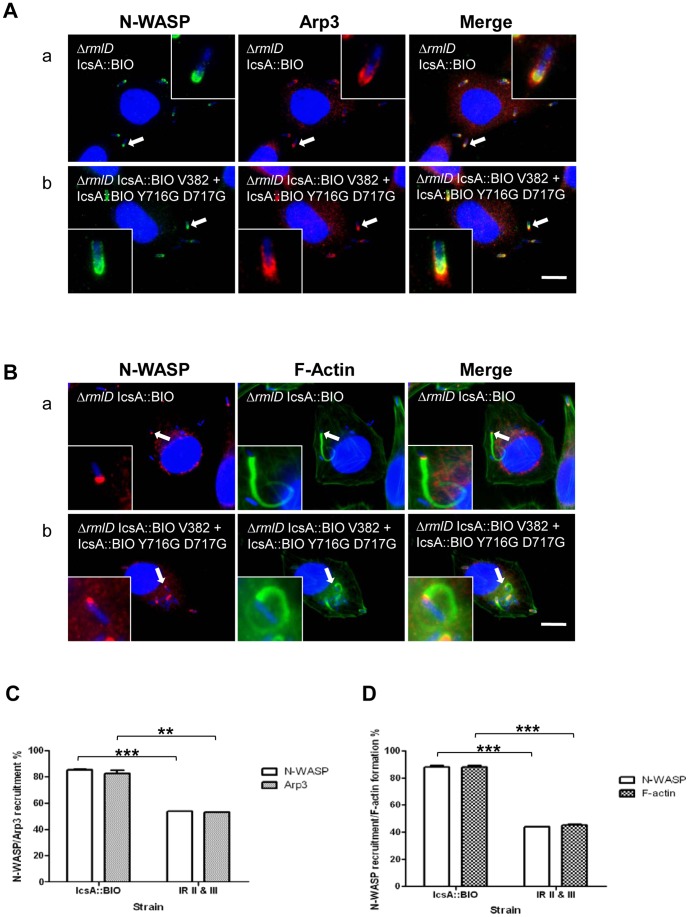Figure 4. N-WASP interacting region complementation assay.
(A, B) IF microscopy to detect N-WASP, Arp3 recruitment and F-actin comet tail formation by intracellular S. flexneri strains. HeLa cells were infected with mid-exponential phase S. flexneri ΔicsA ΔrmlD (R-LPS) strains expressing either IcsA::BIO only or co-expressing IcsA::BIO V382R (N-WASP IR II) and IcsA::BIO Y716G D717G (N-WASP IR III), and formalin fixed. HeLa cells and bacteria nuclei were labelled with DAPI (blue), and N-WASP was labelled with anti-N-WASP antibody and either (A) Alex Fluor 488-conjugated donkey anti-rabbit antibody (green) or (B) Alex Fluor 594-conjugated donkey anti-rabbit antibody (red). (A) Arp3 was labelled with anti-Arp3 monoclonal antibody and an Alex Fluor 594-conjugated donkey anti-mouse antibody (red). (B) F-actin was labelled with Alexa Fluor-488-phalloidin (green). IF images were observed at 100×magnification. Arrows indicate N-WASP, Arp3 recruitment and F-actin tail formation. Enlargements of relevant region shown for clarity. Strains were assessed in two independent experiments. Scale bar = 10 µm. (C) Quantification of N-WASP/Arp3 recruitment, and (D) N-WASP/F-actin tail or capping formation, by intracellular S. flexneri ΔicsA ΔrmlD strains expressing IcsA::BIO only or co-expressing IcsA::BIO V382R (N-WASP IR II) and IcsA::BIO Y716G D717G (N-WASP IR III). Bacteria that either recruited both N-WASP and Arp3 (C), or recruited N-WASP and formed F-actin comet tail/capping (D), were scored from infected HeLa cells (n = 20 HeLa cells; ∼250–350 bacteria). Data are represented as percentage of N-WASP/Arp3 recruitment ± SEM of two independent experiments (C); and, as percentage of N-WASP recruitment/F-actin tail or capping formation ± SEM of two independent experiments (D). **, 0.001<P<0.01; ***, P<0.001 (determined by Student’s unpaired one-tailed t test). IR II & III = Interacting region II and III (S. flexneri co-expressing IcsA::BIO V382R and IcsA::BIO Y716G D717G).

